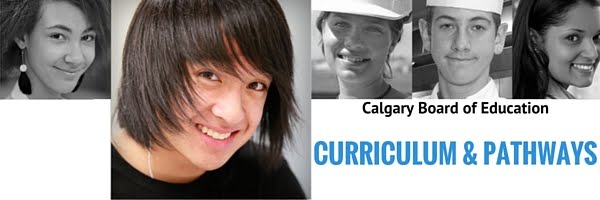Using Minecraft to Demonstrate Learning
Kaushik Tailor
Kaushik Tailor
Students at MidSun school had the opportunity to incorporate MineCraft in a meaningful interdisciplinary activity. Our school Design program had purchased MineCraft Edu early last year, and the summer institute gave me the opportunity to mobilize the tasks in the company of my other colleagues.
In the project, students were provided a scenario where our school had won a 15 million dollar grant, and were asked to Design and create a museum that would fit in the back of the school. The design constraints were the time they had to complete the task, having to create communication structures between the team members, the cost constraint, and the fact that the artifacts had to accurately connect in with their current learning.
The students were excited to be working with the Minecraft Museum module in my class. It was clear that this made teaching and learning come alive for them. To explain, were creating 3D functional hydraulic lifts from their learnings in Science Class, walking through 3D Water cycles, illustrating the isolationist policy of Japan from the Social Studies unit, and having fun demonstrating comma splices. Here are examples of some artifacts:
I believe this project sparked discussions in my school and in our school community of practices. Teachers in my school as well as other schools in our community of practice were impressed that students could be engaged with MineCraft and still yield high quality artifacts. What I found really impressive was this was a great hook for both high and low students. It was impressive to see students that were typically disengaged from traditional classes to be looking at online textbooks to identify and research potential museum artifacts. Many were accelerating their learning by researching through digital texts to create artifcats. Students were also coaching one another on the validity/accuracy of the artifacts, and supporting one another. One student in particular had indicated that he had the wrong idea of what a certain concept was (Aquaducts), and he believes his understanding would not have been corrected had it not been for this project.
I believe it was clear that that both my students and I were actively involved in the design cycle. The students had a variety of design and logistical constraints that they had to attend to. As this was a new experience for both the students and the teacher, we had to collaboratively reflect on our work and make necessary adjustments as needed.
Students were sampled and asked to comment on the experience of the task. Students reported that the MineCraft project allowed them to synthesize the learning from the learning in the other classes in a “fun new way” that allowed them to demonstrate learning in a “more manageable medium”. Other students also noted that by being able to create “things from other subjects” helped them connect understand by being able to “tie together” and “compare” what they “actually learned’. One student reported that the MineCraft museum helped the student see artifacts from his other subjects “in a 3D or virtual way” and helped him see concepts that he “may not have seen”. I believe this was a good representation of the experiences from the other subjects. Ultimately, it was clear that students could still have fun working with MineCraft and still have a meaning interdisciplinary opportunity.
Students had to engage in considerations for the Design Studies Occupational Area and had to articulate the CTF outcomes as they collaborative designed, created, and adjusted their museum to meet the needs of the task.




